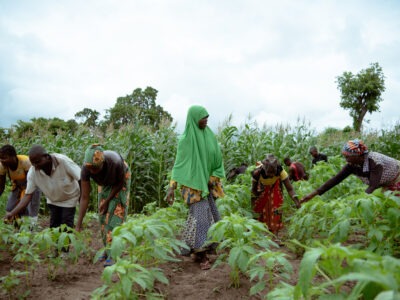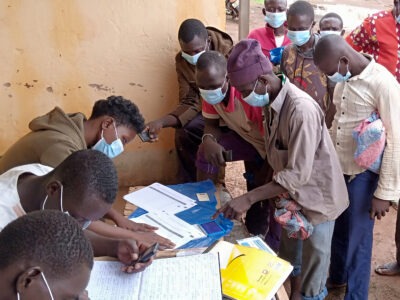
Jamaica Ja REEACH II Project Provides Example of Effective Youth Engagement
The United Nations designated August 12 International Youth Day in 1999, long before many of today’s young people were born. The day carries even greater significance today, as globally, the number of youth is at an all-time high. The world is currently home to 1.8 billion young people between the ages of 10-24, the largest youth population ever. With infant mortality declining throughout the world and fertility rates remaining high especially in the developing world, a youth bulge has emerged. In fact, youth under the age of 15 constitute 43 percent of sub-Saharan Africa’s population. This year’s Youth Day theme, “Eradicating Poverty and Achieving Sustainable Consumption and Production,” points to the urgency of engaging youth in the attainment of the UN’s 2030 Sustainable Development Goals for a healthier, more sustainable planet.
Youth Bulge Priority for Development Practitioners
Youth face a multitude of challenges, among them migration, child marriage, family planning, limited access to health services, and job readiness. In considering the youth bulge, development practitioners are concerned that there will not be enough jobs for these many youth and are developing programs to prepare them appropriately for the jobs that will be available either in their communities or farther afield. As implementers of many agriculturally oriented development projects, we at ACDI/VOCA promote practices that will help farmers produce enough food to sustainably feed the 9.8 billion people projected to inhabit the world in 2050. Engaging youth to play roles in agriculture at multiple levels of the value chain will be key to promoting the innovation and technological improvements necessary to reach these food security goals. Our projects will need to continue to focus on helping youth to realize their goals through new approaches to income generation through agricultural value chains, to help them understand that the best opportunities in the future will not be the same old agriculture that their grandparents knew.
Jamaica Project Actively Integrates Youth in Climate-Change Awareness Building
Our USAID-funded Jamaica Rural Economy and Ecosystems Adapting to Climate Change II (Ja REEACH II) project, which fosters climate-change adaptation and mitigation, focuses much of its outreach on engaging youth in climate-change awareness building. Recent youth-focused efforts include climate-change reading activities for 120 kids at the Kingston and St. Andrews Public Library this summer; its upcoming Youth Climate Change Conference, now in its third year, which in previous years attracted close to 1,000 young people who built up their climate-change awareness and exchanged ideas regarding how to practically apply mitigation actions; and farmer field school trainings and the cultivation of a climate-smart demonstration plot at Garvey Maceo High School, where students produced 24,000 pounds of scotch bonnet peppers that they sold profitably to local traders and agroprocessors.
Ja REEACH II’s youth-focused, climate-smart activities exemplify the types of efforts and engagement the development community should integrate into all of our efforts to prepare youth for their coming of age and to build a better, more sustainable future for us all.
Additional resources on youth in development include:
- Microlinks blog post by LEO Youth Research Consultant Eliza Chard on initial findings from LEO research on extent to which Feed the Future engages youth in agricultural value chains in Guatemala, Liberia, Nepal, and Uganda
- Strategies for Meaningful Youth Engagement, from the Athena Network
- Population Reference Bureau, 2015 World Population Data Sheet
- Ja REEACH II’s July 2016 newsletter








